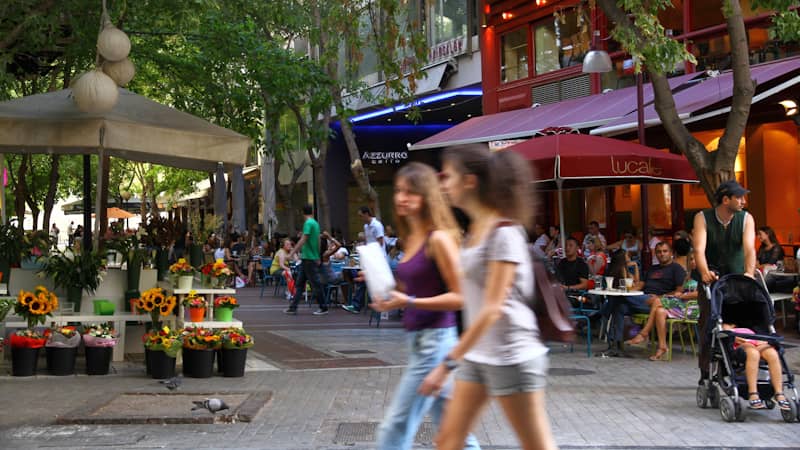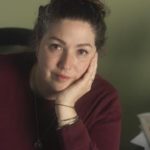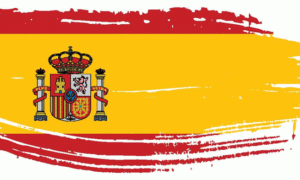One of the biggest questions we long-time residents get from newcomers is: “Which part of Athens (or the surrounding areas) is right for me?” In Part 1 of this post, I wrote about the northern, southern and eastern suburbs. Now we are going to look at the more urban alternatives of Central Athens.
There is a lot of variety within our sprawling metropolis, so you need to consider a number of factors as you narrow down your choices:
• Tree hugger or a beach bum?
• Hustle and bustle, or peace and quiet?
• Work location?
• Which school for the kids?
• Culture vulture or a sports fanatic?
• Chi-chi or low key?
Be sure to check driving times to school/work while weighing your decision about where to live. Traffic in our city is no joke, and we don’t have the most reliable or extensive public transportation systems either, so sometimes driving is a necessity.
Central Athens
Koukaki and Makrigianni
Nestled between ever-busy Syggrou Avenue and the stunning historic walkway that wraps around the Acropolis – Dionysiou Aeropagitou – these two neighborhoods are understated and elegant. You can find some beautiful old Athenian homes here, some of them restored and ready to rent. You can also find some nice apartment buildings that have a 60s vibes and are well maintained.
The commercial areas towards Syggrou Avenue are filled with stylish bars and fun eateries, both Greek and non-Greek (I’m looking at you, beyond-delicious Thai street food place Tuk Tuk!). Just across Syggrou Avenue is the EMST—the National Museum of Contemporary Art—which is housed in an old beer factory.
In the northern parts of these neighborhoods you are just under Philopappou Hill where you can jog, walk, meditate, have a picnic or join a Tai Chi class or a drum circle, all under the usually-blue Athenian skies and surrounded by Greek olive and pine trees. You are also just a short walk to the Parthenon, which is super convenient when your friends and family from home come to visit.
Though technically downtown Athens, these neighborhoods are quieter, calmer and more well-kept than many others so you will find many families alongside young singles and archaeology-loving travelers. The Syggrou-Fix metro station and numerous bus and trolley lines connect this area with the rest of the city.
Pangrati and Mets
Pangrati is a large and densely-populated neighborhood in Central Athens that starts just behind the beautiful historic marble Panathenaic Stadium (also known as Kallimarmaro) and its adjacent city park. In recent years, Pangrati has started drawing folks from all over the city as first-rate bookshops, quirky coffee joints, trendy bars, second-hand clothing stores and art galleries have started popping up all over the area. In 2019 Pangrati also welcomed the Goulandris Museum of Contemporary Art.
Though it is always updating itself, Pangrati still retains strong “real Athens” vibes. You can get delicious authentic Greek souvlaki, mezedakia (small plates) and moussaka here and you can also go out for a night of classic Greek bouzouki music.
However, you don’t even have to leave the neighborhood if you are feeling fancy and more cosmopolitan because Spondi (a Michelin two-star restaurant with a gorgeous terrace) is tucked away just off a small Pangrati square.
The Mets section of Pangrati has wonderful peaceful backstreets and a park to discover and is within walking distance of Constitution Square (Syntagma), but feels a world away from the hubbub of downtown.
Preferred by middle-class Athenian families, artists of all sorts as well as young international digital nomads, the Pagrati/Mets area has some fantastic examples of neoclassical Greek architecture but is by and large dominated by concrete apartment buildings, some of them nicer than others.

Kipseli
The only truly multicultural area in Athens, Kypseli is home to countless African, Eastern European, Middle Eastern and Asian immigrants. True to its name (Kipseli means ‘beehive’ in Greek), the area is said to be one of the most densely-populated in Europe.
Do not move here if you are claustrophobic.
The streets are narrow and the buildings are tall, but there is great relief to be had on the long, wide, tree-lined and pedestrianized avenue called Fokianos Negri. Coffee shops, bars, eateries and pastry shops flank either side while the middle is reserved for greenery.
Formerly a rather exclusive Athenian neighborhood, Kypseli started losing many of its moneyed residents to the suburbs as Athens became more crowded and polluted in the 1960s and 1970s. By the 1990s, Kypseli had become quite a shabby shell of its former self. It soon became an affordable choice for the newly-arrived immigrants of the 1990s and has maintained its diverse character ever since.
Though it is still run down in many ways, it is vibrant and interesting in a way that other Athenian neighborhoods are not. Athens is still more homogenous than other European capitals, so a neighborhood like this is a delight for lovers of world cultures. Here you can find everything from Kurdish kebabs and live Ethiopian music to African textiles and Polish delis, not to mention a plethora of tiny specialty shops the likes of which have long been driven out by higher rent prices in the rest of the city.
The lower prices in the area make it a favorite among longer-term and lower-budget travelers and experience-seekers, as well as digital nomads of all varieties.
Be aware that some of the surrounding streets and areas can be dicey as the district is generally underserved and underprivileged. You may see some addicts and petty criminals here and there, though violent crime rates do not seem to be at all high.

Kolonaki
Built right on the slopes of Mount Lycabettus is Kolonaki, a place to shop and socialize at some of the city’s most upscale spots. Many a chic Athenian goes here to see and be seen. Said by some to be nothing more than a magnet for the city’s nouveau riche or the tragically hip, there is actually more to Kolonaki than meets the eye. While the main attractions of Kolonaki for many are its high-end designer boutiques, exclusive jewelery shops and gourmet restaurants, the district has also historically attracted many academics, journalists, politicians and artists.
Kolonaki has pricier housing than other areas in central Athens, but also boasts some beautiful neoclassical and Art Nouveau architecture as well as a couple of famously pretty squares, a lovely open-air cinema, several important museums, a host of galleries and more.
The British Council and the Hellenic American Union are also based in Kolonaki and both provide valuable resources to English-language speakers from abroad. They also organize cultural events that are often of interest to non-Greeks living in the city.
Within walking distance to Constitution Square (aka Syntagma), Kolonaki is very conveniently located for those who want a downtown vibe without some of the grittier aspects of life found elsewhere in our city.

About the author:
A Pittsburgher by birth, Christina T. Hudson is also half Greek and has – so far – spent most of her life in Athens, the chaotic but captivating capital city of Greece. She studied Language and Literature at Moravian College and has worked as a teacher, an editor, a writer and a photographer.
You can see more of her work here at A Pixel for Your Thoughts.
You can see more of her posts here.
See more about Greece in Dispatches’ archive here.
See more about Athens in our archives here.
A Pittsburgher by birth, Christina T. Hudson is also half Greek and has – so far – spent most of her life in Athens, the chaotic but captivating capital city of Greece.















